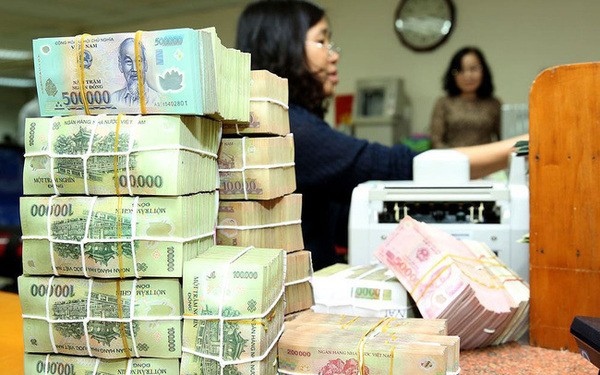Vietnamese đồng one of most stable currencies in Asia: Experts
The United Overseas Bank (UOB) rated the Việt Nam đồng as one of the most stable currencies in Asia, despite significant changes in the Fed's interest rate hike expectations as well as concerns about a global recession and instability of the US banking system.
 |
|
The USD/VND rate has remained stable throughout the January-April period. — Photo laodong.vn |
HÀ NỘI — Amid fluctuations in the global financial market, the exchange rate in Việt Nam has remained stable in the first four months of this year, and the Vietnamese đồng is considered one of the most stable currencies in Asia, according to experts.
Market analysis reports released by Mirae Asset Securities Vietnam showed that in April, the USD/VND exchange rate dropped 0.2 per cent and the average exchange rate hovered around VNĐ23,500 per US dollar during the month. The rate has remained stable throughout the January-April period.
The United Overseas Bank (UOB) rated the Vietnamese đồng as one of the most stable currencies in Asia, despite significant changes in the Fed's interest rate hike expectations as well as concerns about a global recession and instability of the US banking system.
Mirae Asset noted that the State Bank of Vietnam had bought a large volume of foreign currency in the first four months, raising the foreign exchange reserves to around US$90 billion.
Đào Xuân Tuấn, head of the Foreign Exchange Management Department under the State Bank of Vietnam (SBV), said that since the end of 2022, the foreign exchange market has developed positively and gradually become stable.
The USD/VND exchange rate tends to decrease and stabilise again, he said, adding that the recovery of the Vietnamese currency against the US dollar since December 2022 was similar to that of many other currencies in the region such as the Japanese yen, Chinese yuan, the won of the Republic Korea and the Thai baht.
Tuấn said that the increase in foreign currency supply enabled the SBV to buy more foreign currencies for the foreign exchange reserves.
In the first four months of this year, the SBV bought nearly $4.9 billion from credit institutions, up about $1 billion from the amount recorded at the end of the first quarter of 2023.
Experts from VNDirect forecast that Việt Nam's foreign exchange reserves will recover to reach $102 billion by the end of this year.
Meanwhile, Moody’s Investor Service has forecast that Việt Nam’s forex reserves excluding gold will rebound to $95 billion by the end of the year as the State Bank of Vietnam rebuilds its stockpile.
Nishad Majumdar, an analyst in Singapore, held that the recent appreciation of the đồng, which reflects the improved external position, will give the central bank space to rebuild the forex buffers that were spent down during the US dollar’s rally last year.
Việt Nam’s reserves stood at $88.3 billion in January, according to the International Monetary Fund.
Majumdar held that the recovery in tourism and steady foreign direct investment inflows will help boost the nation’s reserves even as exports weaken.
The đồng has advanced 6 per cent in the past six months, joining a rally in Asian peers, as the US dollar has weakened.
He recommended that Việt Nam prioritise exchange rate stability as a means to stabilise inflation and create certainty for inbound investors.
A stronger đồng reduces the local-currency value of the Government’s external debt, which still accounts for about a third of overall Government borrowing, he said.
It will also likely mitigate the impact of higher import and manufacturing input costs into domestic inflation, giving the authorities further space to pursue a more accommodative monetary policy, the expert added.








